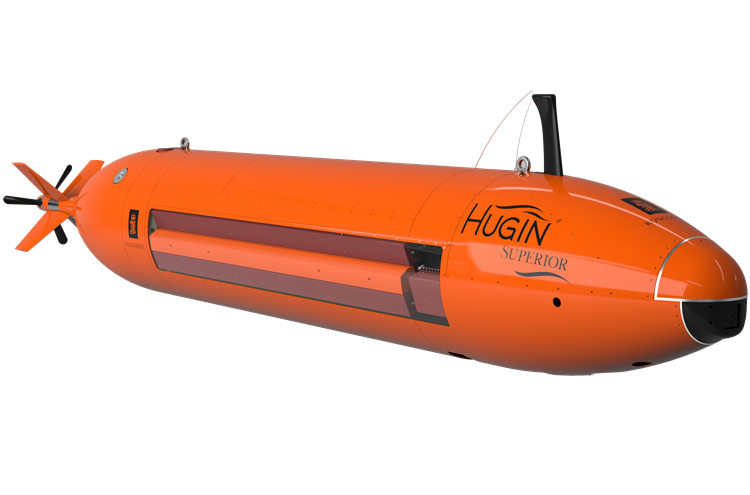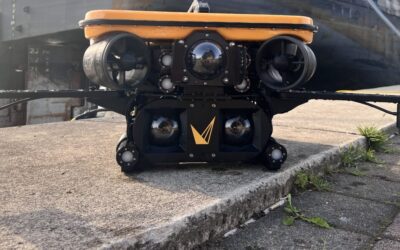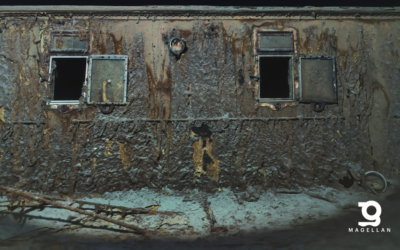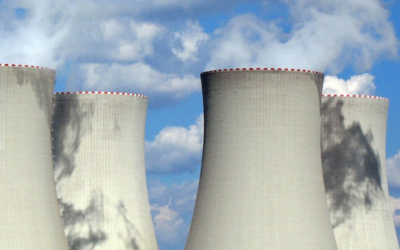Voyis’ integration of our cutting-edge imaging technology in AUVs has revolutionized the use of small and medium Autonomous Underwater Vehicles (AUVs). With the ability to capture high-resolution images and generate 3D models, process data quickly and efficiently, and make informed decisions, AUVs are powerful tools that can make underwater operations safer, as well as saving time and money.
There are many different types of underwater vehicles. In this week’s blog we will explore how Voyis technologies can be integrated with large and extra-large AUVs to improve subsea operations.
Large & Extra-Large AUVs: Reliable Solutions for Subsea Inspections
Large and extra-large AUVs are typically used for complex offshore tasks, such as deep-sea exploration and pipeline inspection. These vehicles can range from several meters to over 10 meters long and can operate at greater depths and longer periods compared to smaller AUVs.
Large AUVs typically have a length of 3-7 meters and can operate at depths of up to 6,000 meters, making them ideal for conducting long-duration missions that require extensive mapping and surveying capabilities.
On the other hand, extra-large AUVs can range from 7 to 20 meters in length and can operate at even greater depths of up to 11,000 meters. These vehicles are designed to carry larger payloads and can be used for a wider range of applications, including scientific research, oceanography, and commercial activities such as oil and gas exploration. Extra-large AUVs are also equipped with more advanced navigation systems, which enable them to perform highly accurate and precise maneuvers underwater.
AUVs are typically equipped with a range of sensors, including acoustic sensors, sonar, and cameras, which allow them to navigate and map underwater terrain. The addition of Voyis’ laser scanners and stills cameras to AUVs provides an additional level of detail, allowing for highly accurate 3D mapping of underwater structures, shipwrecks, and other underwater assets.
Voyis’ innovative imaging technology can be integrated into large and extra-large AUVs to provide operators with actionable data sets using stills cameras for high-resolution imaging, and laser scanners for detailed 3D mapping. With the ability to process data onboard the sensor in real-time, these vehicles can interpret the highest quality images and 3D models subsea to enhance the performance of autonomous operation through enabling improved vehicle navigation, automating the data workflow to provide operators with results as soon as the vehicle surfaces, and optimize vehicle decision making.
Proven Integrations
Our team has worked with many underwater vehicles. Here are some of the Large and Extra-Large AUVs that have proven integration with our underwater laser scanner and imaging systems.
HII – Remus 6000 AUV

Cellula Robotics – Solus LR AUV

Kongsberg – HUGIN AUV

ISE – Explorer AUV

Teledyne – SeaRaptor AUV





